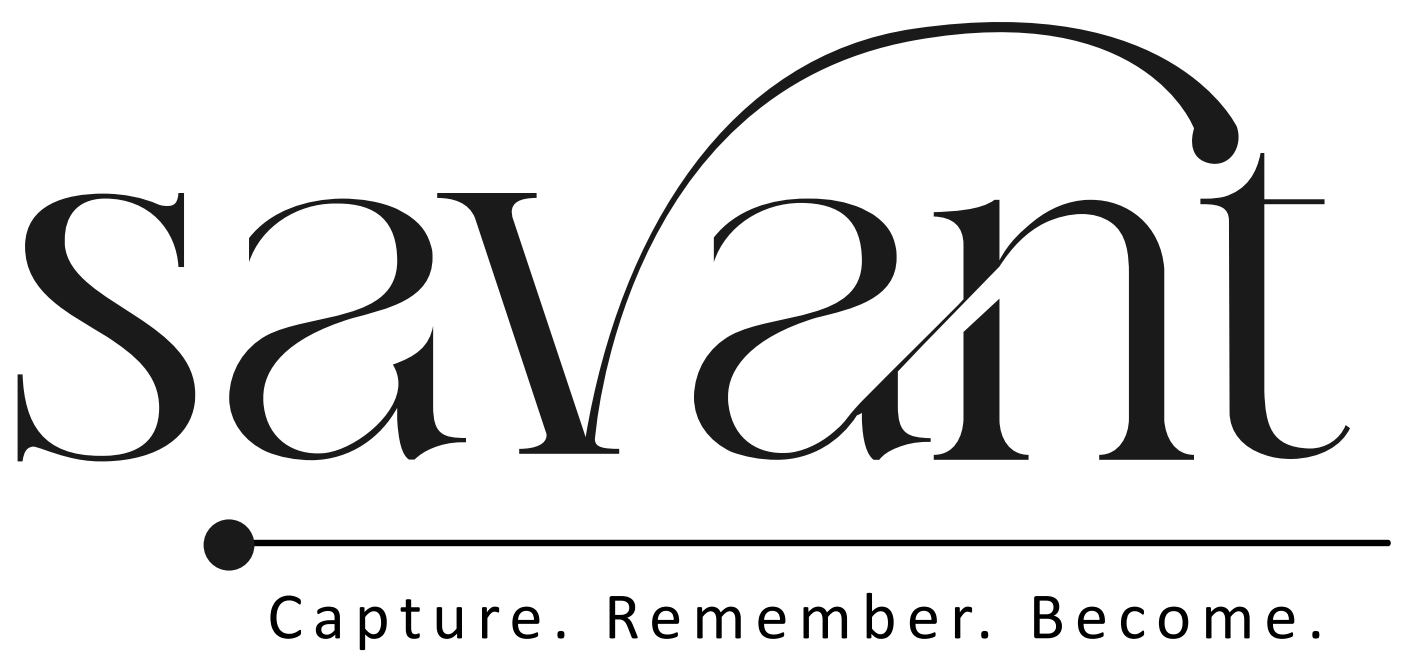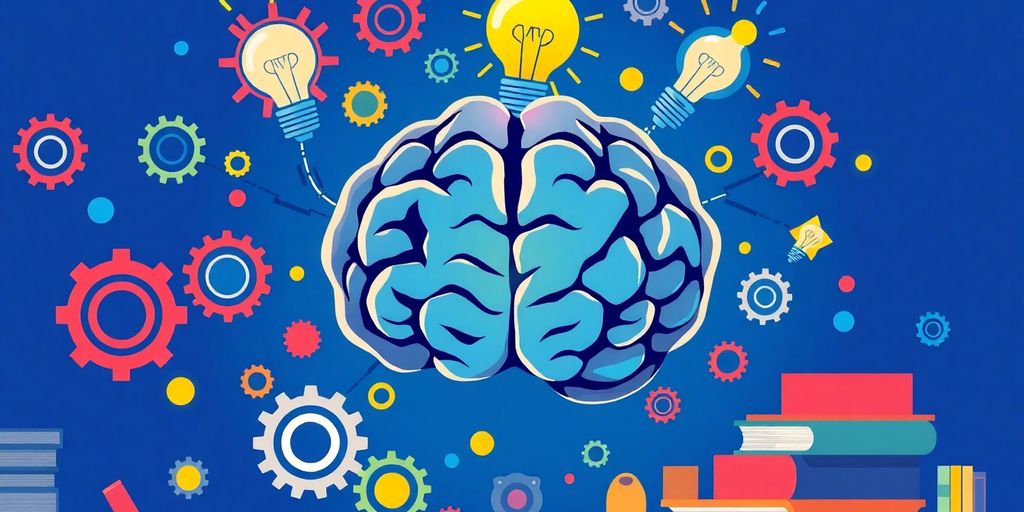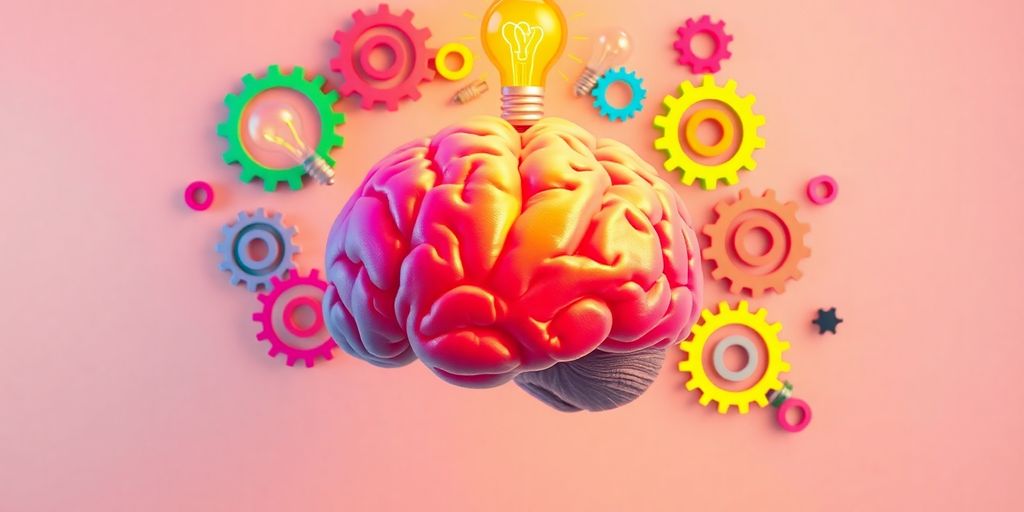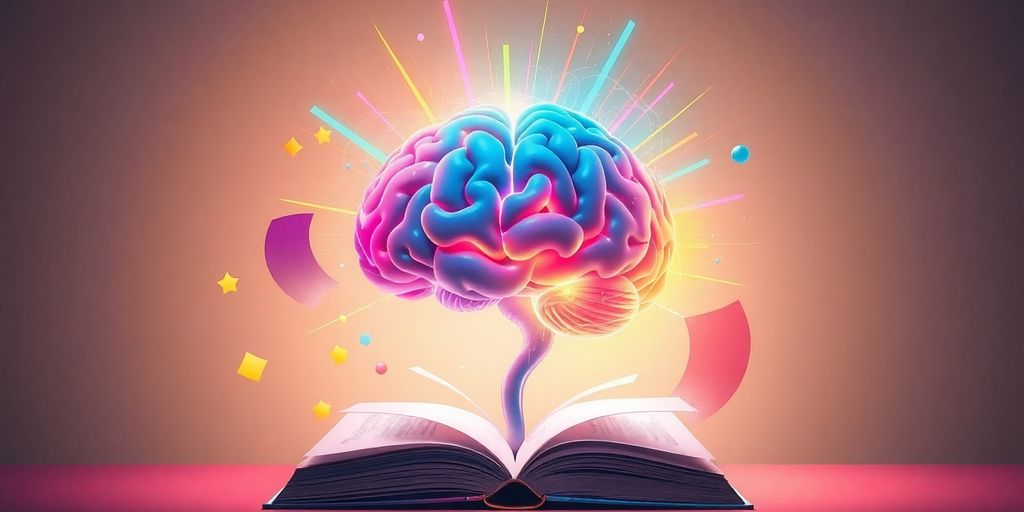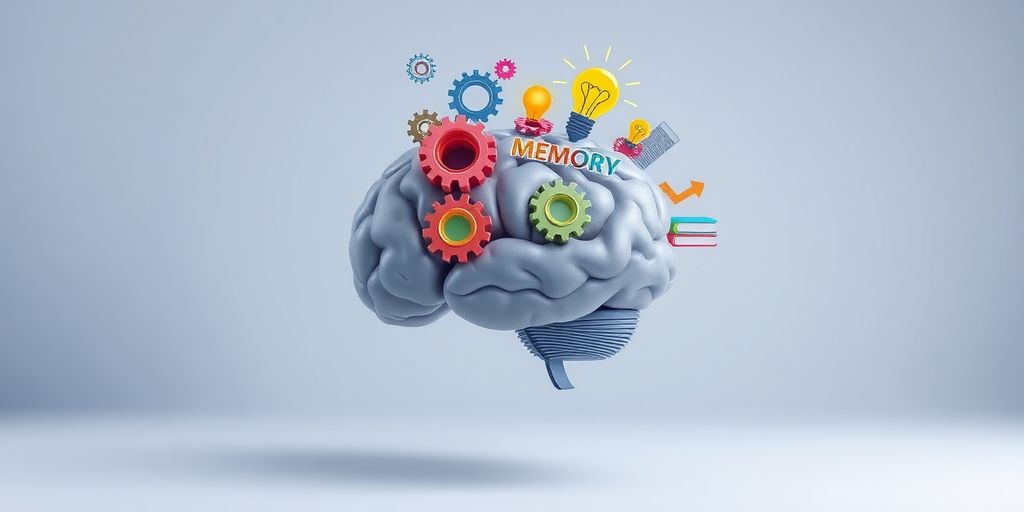Studying efficiently is essential for students who want to achieve their academic goals without feeling overwhelmed. With so much information available, knowing how to learn faster is more important than ever. This article highlights 15 innovative tricks to study faster, helping you to absorb and apply knowledge more effectively. By using these techniques, you can improve your learning and make the most of your study time.
Key Takeaways
- Active engagement with material helps you remember it better.
- Taking breaks can boost your focus and energy.
- Mixing different subjects in one study session improves understanding.
- Using visual aids makes learning more enjoyable and memorable.
- Testing yourself is a great way to see what you’ve learned.
1. Active Recall
Active recall is a powerful way to boost your memory and learning. Instead of just reading or listening to information, you actively try to remember it. This method helps you learn better and remember things longer!
What is Active Recall?
Active recall means testing yourself on what you’ve learned. Instead of passively reviewing notes, you ask yourself questions and try to answer them from memory. This makes your brain work harder and strengthens your memory.
Why is it Effective?
Research shows that when you actively retrieve information, it sticks better in your mind. This is called the "testing effect." Here are some reasons why active recall works:
- It helps you identify what you don’t know yet.
- It makes learning more engaging and fun.
- It builds a stronger connection to the material.
How to Use Active Recall
Here are some easy ways to practice active recall:
- Flashcards: Write a question on one side and the answer on the other. Quiz yourself regularly.
- Self-Quizzing: Create your own quizzes or use apps that help you test your knowledge.
- Teach Someone Else: Explaining what you’ve learned to someone else helps reinforce your understanding.
- Practice Problems: Solve problems without looking at the solutions first, especially in math or science.
- Cornell Notes: Take notes in a structured way, then cover the main notes and try to recall the key points using your cues.
Remember, the more you practice active recall, the better you’ll get at remembering information. It’s a game-changer for anyone looking to study smarter!
2. Spaced Repetition
Spaced repetition is a smart way to study that helps you remember things better over time. Instead of cramming all at once, you review information at increasing intervals. This method makes learning stick! The idea is simple: the more you revisit something, the more likely you are to remember it later.
How It Works
- Start Learning: Begin by learning new information.
- First Review: Review it after a short time, like a day.
- Increase Intervals: If you remember it well, wait longer before the next review. If not, review it sooner.
This technique is based on the spacing effect, which shows that people remember things better when they study them over time rather than all at once.
Benefits of Spaced Repetition
- Better Memory Retention: Helps you remember information for a longer time.
- Less Stress: Reduces the pressure of cramming before tests.
- Flexible Learning: You can use it for any subject, from languages to science.
By using spaced repetition, you’re not just learning; you’re building a strong foundation of knowledge that lasts.
Tools to Use
- Digital Flashcards: Apps like Anki or Quizlet can help you schedule reviews automatically.
- Custom Schedules: Create your own review plan using a calendar.
- Leitner System: Organize flashcards in boxes to manage review intervals.
Incorporating spaced repetition into your study routine can lead to amazing improvements in how much you remember!
3. Pomodoro Technique
The Pomodoro Technique is a fun and effective way to manage your time while studying. It was created by Francesco Cirillo in the late 1980s and helps you stay focused by breaking your work into short bursts. You work for 25 minutes, then take a 5-minute break. These 25-minute work sessions are called "Pomodoros," named after the tomato-shaped timer Cirillo used when he was in college.
Benefits of the Pomodoro Technique
- Better Focus: Working in short bursts helps you concentrate better.
- Avoid Burnout: Taking regular breaks keeps your mind fresh and ready to learn.
- Increased Productivity: You get more done in less time by working with a plan.
- Less Stress: Breaking tasks into smaller parts makes them feel less overwhelming.
- Improved Time Management: You learn how long tasks really take, which helps you plan better.
How to Use the Pomodoro Technique
- Pick a Task: Choose what you want to work on.
- Set a Timer: Set your timer for 25 minutes.
- Work on the Task: Focus on your task until the timer goes off. If you get distracted, jot it down and return to your work.
- Take a Short Break: When the timer rings, take a 5-minute break to relax.
- Repeat: After four Pomodoros, take a longer break of 15-30 minutes.
The Pomodoro Technique is all about working smarter, not harder. By taking breaks, you keep your mind sharp and ready to tackle your next task. This simple method can change how you study, making it more enjoyable and effective!
4. Feynman Technique
The Feynman Technique is a fun and effective way to learn new things! It’s all about breaking down complex ideas into simple terms, making it easier to understand. Here’s how you can use it:
Steps to Use the Feynman Technique
- Choose a Concept: Pick something you want to learn more about.
- Explain it to a Child: Pretend you’re teaching it to a kid. Use simple words and avoid jargon.
- Review and Simplify: If you get stuck, go back to your notes or books to clarify your understanding. Then, make your explanation even simpler.
- Organize and Convey: Use examples or analogies to help explain the concept better.
This technique not only helps you learn but also makes it easier to remember what you’ve studied.
Why It Works
The Feynman Technique is great because it forces you to think deeply about what you’re learning. By explaining it simply, you can spot any gaps in your knowledge. This method is especially useful for subjects that seem complicated at first.
Examples of Applying the Feynman Technique
- Science: If you’re studying a tough scientific theory, explain it as if you’re teaching it to a high school student.
- Math: After solving a math problem, describe the steps in plain language to solidify your understanding.
- History: When learning about historical events, tell the story in a way that’s easy to follow.
Using the Feynman Technique can really boost your learning efficiency and make studying more enjoyable!
5. Interleaving Practice
Interleaving practice is a cool way to study that mixes different topics or skills in one session. Instead of focusing on just one thing at a time, you switch it up! This method can feel a bit tougher at first, but it really helps you learn better in the long run.
Why Interleaving Works
- Improved Problem-Solving Skills: By mixing things up, you learn to recognize different types of problems and choose the right strategies to solve them.
- Better Long-Term Retention: Revisiting topics over time helps you remember them longer.
- Enhanced Flexibility: This method prepares your brain to apply what you’ve learned in various situations, which is super useful in real life.
How to Use Interleaving in Your Studies
- Mix Different Problems: If you’re studying math, try solving different types of problems in one session instead of just one kind.
- Switch Subjects: If you have multiple subjects, alternate between them. For example, study history for 30 minutes, then switch to science.
- Use Varied Materials: When learning a language, read different types of texts in one go, like a news article, a poem, or a short story.
Interleaving might feel harder than just focusing on one topic, but it sets you up for deeper learning and helps you remember things better.
So, next time you hit the books, try interleaving! It’s a fun way to keep your brain engaged and make studying more effective. Plus, it’s a great way to prepare for real-world challenges where you need to think on your feet. For more on this technique, check out mixing different types of practice problems.
6. Mind Mapping
Mind mapping is a fun and creative way to organize your thoughts and ideas visually. It helps you see how different concepts connect to each other. Instead of just writing notes in a straight line, you create a diagram that starts with a main idea in the center and branches out to related topics. This method can make studying more engaging and effective.
Benefits of Mind Mapping
- Better Memory Retention: Using colors and images in your mind maps can help you remember information more easily.
- Improved Understanding: Mind maps help you break down complex subjects and see how everything fits together.
- Boosted Creativity: The process of making a mind map encourages you to think outside the box and come up with new ideas.
Tips for Creating Effective Mind Maps
- Start with a Central Idea: Place your main topic in the middle of the map.
- Use Branches for Related Ideas: Draw lines out from the center for major topics, and add smaller branches for details.
- Keep it Simple: Use short phrases or keywords instead of long sentences.
- Add Colors and Images: Make your mind map colorful and include pictures to make it more memorable.
- Show Connections: Use arrows or lines to link related ideas together.
- Be Creative: Personalize your mind map to reflect your own understanding and style.
- Review Regularly: Update your mind map as you learn more or change your understanding.
Mind mapping is a powerful tool that can transform how you study. By organizing information visually, you can make learning more enjoyable and effective. For more on how to enhance your learning with mind maps, check out this guide.
7. Teaching Others
Teaching others is a fantastic way to boost your own understanding of a subject. When you explain concepts to someone else, you not only help them learn but also reinforce your own knowledge. It’s often said that to teach is to learn twice! This method encourages you to organize your thoughts and identify any gaps in your understanding.
Why Teaching Works
- The Protégé Effect: Teaching someone else can actually improve your own learning and motivation. When you take on the responsibility of teaching, you engage more deeply with the material.
- Bloom’s Taxonomy: Teaching involves higher-order thinking skills like application and analysis, which are essential for deep learning.
- Social Interaction: According to social constructivism, learning is enhanced through interaction. Teaching others is a great way to engage socially while learning.
Ways to Implement Teaching in Your Study Routine
- Study Groups: Join or create a study group where everyone takes turns teaching different topics.
- Peer Tutoring: Help a classmate with a subject you know well, and learn from them in return.
- Create Educational Content: Make presentations or study guides for your classmates or even for an online audience.
- Teach Family or Friends: Explain what you’ve learned to someone who isn’t familiar with the topic.
- Role-Playing: Pretend to teach a class, even if it’s just to an imaginary audience.
- Online Communities: Share your knowledge in forums or social media groups related to your studies.
Teaching not only helps you understand better but also builds your confidence and communication skills. It’s a win-win situation!
By incorporating teaching into your study habits, you can enhance your learning experience and help others along the way. So, next time you learn something new, think about how you can share that knowledge with someone else. It’s a great way to make learning more enjoyable and effective!
For more tips on enhancing your learning speed, consider exploring how the brain learns.
8. Self-Explanation
Self-explanation is a cool way to learn better by talking to yourself about what you’re studying. When you explain things in your own words, you really start to understand them! This method helps you connect new ideas with what you already know, making everything stick better in your mind.
How Self-Explanation Helps You Learn
Here are some ways self-explanation can boost your learning:
- Spotting Knowledge Gaps: As you explain concepts, you might find areas where you’re not quite sure. This can help you know what to study more.
- Linking Ideas: It helps you connect new information to what you already understand, creating a stronger knowledge base.
- Improving Problem-Solving: By explaining how you solve problems, you get a better grasp of the methods involved, which can help you tackle similar challenges later.
- Thinking About Your Thinking: This is called metacognition, and it’s super important for learning effectively.
Tips for Effective Self-Explanation
To make the most of self-explanation, try these techniques:
- Explain Out Loud or Write It Down: Stop and explain what you just learned, either by speaking or writing it down.
- Use Analogies: Relate new ideas to things you already know or personal experiences to make them easier to understand.
- Ask Yourself Questions: Challenge yourself with questions about the material and then answer them.
- Reflect on Mistakes: If you get something wrong, explain why it happened and what the right answer is.
- Teach an Imaginary Audience: Pretend you’re teaching someone else, which forces you to clarify your thoughts.
- Keep a Learning Journal: Write down your explanations and thoughts about what you’re learning.
Self-explanation turns learning into an active process, making it easier to remember and understand complex ideas. It’s a handy tool for any student!
By using self-explanation, you can transform your study sessions into engaging conversations with yourself, leading to deeper understanding and better retention.
9. Practice Testing
Practice testing, also known as retrieval practice, is a super helpful way to learn. Instead of just reading your notes over and over, you actually test yourself on what you’ve learned. This method really helps you remember things better!
Why Practice Testing is Important
- Strengthens Memory: Each time you try to recall information, it makes it easier to remember later.
- Finds Weak Spots: It shows you what you don’t know well, so you can focus on those areas.
- Reduces Anxiety: Regularly testing yourself can help you feel more comfortable when it’s time for the real test.
- Improves Understanding: It helps you see how well you understand the material, which can lead to better study habits.
Tips for Effective Practice Testing
- Mix Question Types: Use different kinds of questions like multiple-choice, short answers, or essays.
- Simulate Real Tests: Try to create a test environment similar to your actual exam. Time yourself and limit your notes.
- Test Regularly: Don’t wait until the end of your study period to test yourself. Do it often!
- Review Your Answers: After each test, look at what you got wrong and understand why.
- Use Flashcards: They’re great for quick quizzes on facts or terms.
- Peer Testing: Team up with a friend to quiz each other. It can make studying more fun!
Practice testing isn’t just about preparing for exams; it’s a powerful way to boost your learning and memory. By regularly challenging yourself, you’re building confidence and knowledge that will stick with you!
10. Sleep and Learning

Exploring the Relationship Between Sleep and Effective Learning
Sleep is super important for learning! It’s not just about resting; during sleep, your brain is busy processing and storing all the new stuff you learned during the day. Getting enough sleep helps your memory, focus, and problem-solving skills. Without enough sleep, you might find it harder to learn new things.
Tips for Optimizing Sleep for Better Learning Outcomes
Here are some easy tips to help you sleep better:
- Stick to a Sleep Schedule: Go to bed and wake up at the same time every day, even on weekends.
- Create a Cozy Sleep Space: Make sure your room is dark, quiet, and cool. You can use earplugs or eye masks if needed.
- Limit Screen Time Before Bed: Try to avoid screens for at least an hour before sleeping, as the blue light can mess with your sleep.
- Watch What You Eat and Drink: Avoid caffeine and heavy meals close to bedtime.
- Relax Before Sleep: Do something calming like reading or taking a warm bath to help you wind down.
- Nap Smartly: Short naps (20-30 minutes) can help, but long naps or napping too late can make it hard to sleep at night.
Overview of Research on Sleep and Memory Consolidation
Research shows that sleep is key for turning short-term memories into long-term ones. During sleep, especially during deep sleep and REM sleep, your brain strengthens memories, making them easier to recall later. This means that if you want to remember what you studied, getting a good night’s sleep is essential.
Remember, prioritizing good sleep can make your study sessions much more effective! By ensuring you get enough rest, you can boost your ability to learn and remember new information.
Wrapping It Up: Your Path to Smarter Studying
In this journey through smart studying techniques, we’ve uncovered a bunch of cool tricks to help you learn better and faster. Just to recap, remember to engage with your material actively, test yourself regularly, and find out what learning style suits you best. Use visual aids to make things clearer, and don’t forget to take breaks to keep your mind fresh. Setting goals and studying with friends can also make a big difference. The key is to mix and match these methods to see what works for you. Learning isn’t just about hitting the books; it’s about enjoying the process and growing along the way. So, as you dive into your studies, keep these tips in mind, stay positive, and watch your learning efficiency soar!
Frequently Asked Questions
What is Active Recall?
Active Recall is a study method where you test yourself on the material instead of just reading it. This helps you remember information better.
How does Spaced Repetition work?
Spaced Repetition is a technique where you review information at increasing intervals. This helps reinforce your memory over time.
What is the Pomodoro Technique?
The Pomodoro Technique is a time management method where you study for 25 minutes, then take a 5-minute break. This keeps you focused and prevents burnout.
Can you explain the Feynman Technique?
The Feynman Technique involves teaching a concept in your own words. This helps you understand the material better and find gaps in your knowledge.
What is Interleaving Practice?
Interleaving Practice means mixing different subjects or types of problems during your study sessions. This improves your ability to solve problems.
Why is sleep important for learning?
Sleep is crucial for learning because it helps your brain process and store information. Without enough sleep, you may struggle to remember what you’ve studied.
